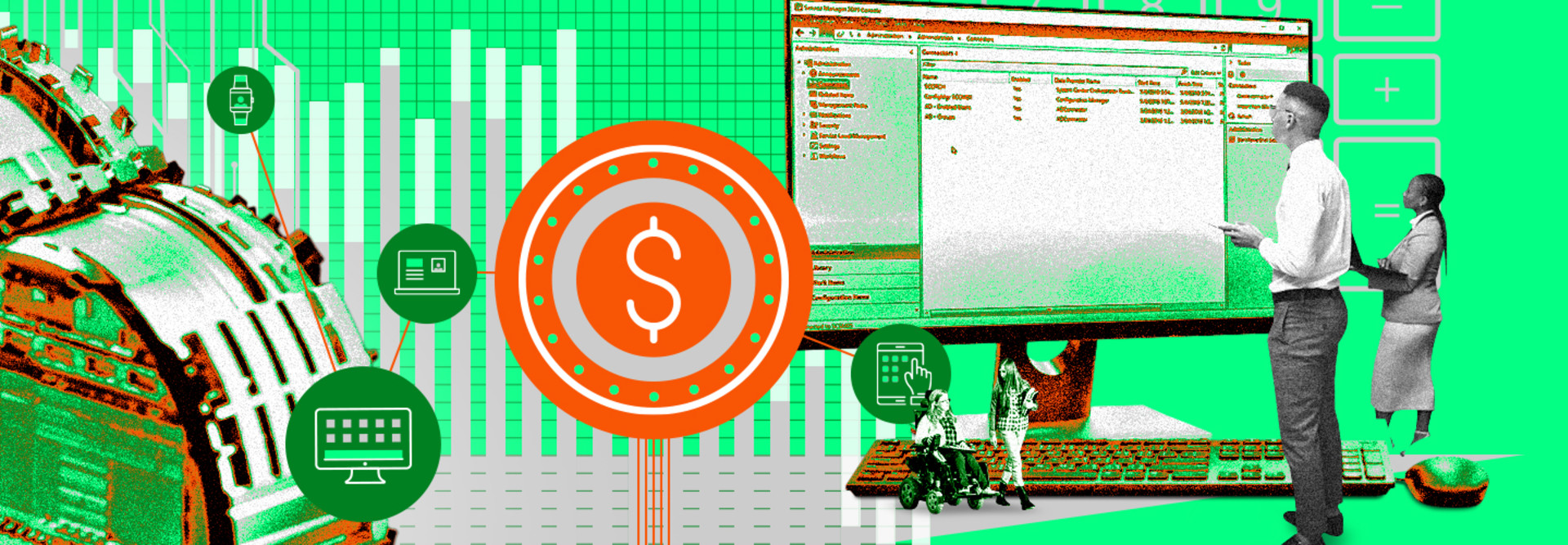Are Faculty and Staff Using The Tools Available?
At CDW•G, customers often ask us, “How can I make smarter purchases?”
Of course, buying, setting up and negotiating contracts is an important area of focus. But that is only one part of the financial equation. If you are assigning licenses to users who do not need them, your school could potentially be wasting large sums of money on technology that staff members are not using.
To learn if this is happening at your institution, the first step is to get access to accurate discovery information. You will need full access to data on current deployments, license terms and purchase histories. Then, answer these questions:
- Which software applications does each user have access to?
- How are these devices, software and applications being used?
- If there is a particular asset not being used, why is that so? Is there another software that can better address this need?
- Are there any idle licenses that IT managers can redirect to users who can put the software to work?
- Are there any unauthorized users violating licensing terms?
Knowing the answer to these questions puts you well on your way toward a more cost-effective business strategy.
MORE ON EDTECH: Here are some best practices for successful Software Asset Management.
How to Stop Paying for Unnecessary Software
You may be surprised how many institutions are paying for multiple tools that serve a similar purpose. Take, for instance, the Microsoft System Center Configuration Manager (SCCM).
The SCCM tool is versatile. It helps with patch management. It helps customers push out applications. It can also capture discovery information. But many security software tools also accomplish the same functions. Which one is best aligned with your institution’s unique business needs? Calling on a SAM solutions expert can help you narrow your options.
The Microsoft 365 package is another good example of how optimizing your bundles can save you significant sums.
IT asset management (ITAM) tools are unique because they provide comprehensive discovery data, application metering and usage reports, and call out areas of potential risk within your IT environment.
These tools have the ability to expose usage for specific applications within a licensed bundle, like Microsoft Office 365. We often see institutions standardize on a single bundle for all users like Office 365 E3. But with a tool that can provide metering and usage data, you can profile your end users and assign them licenses based on what they need.
MORE ON EDTECH: Learn how to maximize campus software licenses.
For example, you may want to consider downgrading certain users to Office 365 E1, which includes basic web-based apps, such as Excel and Outlook, along with integration with cloud services such as OneDrive and Teams. Perhaps these are the only features that most of your faculty and staff members need.
How would such a downgrade impact your budget? The price difference between Office 365 E3 and Office 365 E1 is $12 a month. Multiply that by 500 users, and you save $6,000 a month.
Optimizing Oracle packages is another way for higher education institutions to reduce big expenses. For example, we have a corporate customer who consults us each time they make a new Oracle acquisition. This customer paid us $120,000 for a recent project. In the end, we identified over $22.5 million in savings for them.
How to Be Prepared for Audits — and Prevent Them
Over the years, we have seen Microsoft, Oracle, VMware and other major publishers undergo frequent licensing changes. These licensing changes could affect the bottom line for colleges and universities.
No different from most companies, software publishers and vendors are experiencing tough economic times as the global health crisis persists. As a result, vendors and publishers will likely be conducting more audits to make up for the lost revenue.
During the rush to move all classes online in the spring, licensing compliance was likely the last concern on the minds of faculty members. Now is a critical time to ensure your users are not violating any licensing terms.
Let CDW•G help you take the preventative measures you need to reduce your financial risks and start optimizing today.
LEARN MORE: Here are 4 tips for surviving software audits.
This article is part of EdTech: Focus on Higher Education’s UniversITy blog series.












